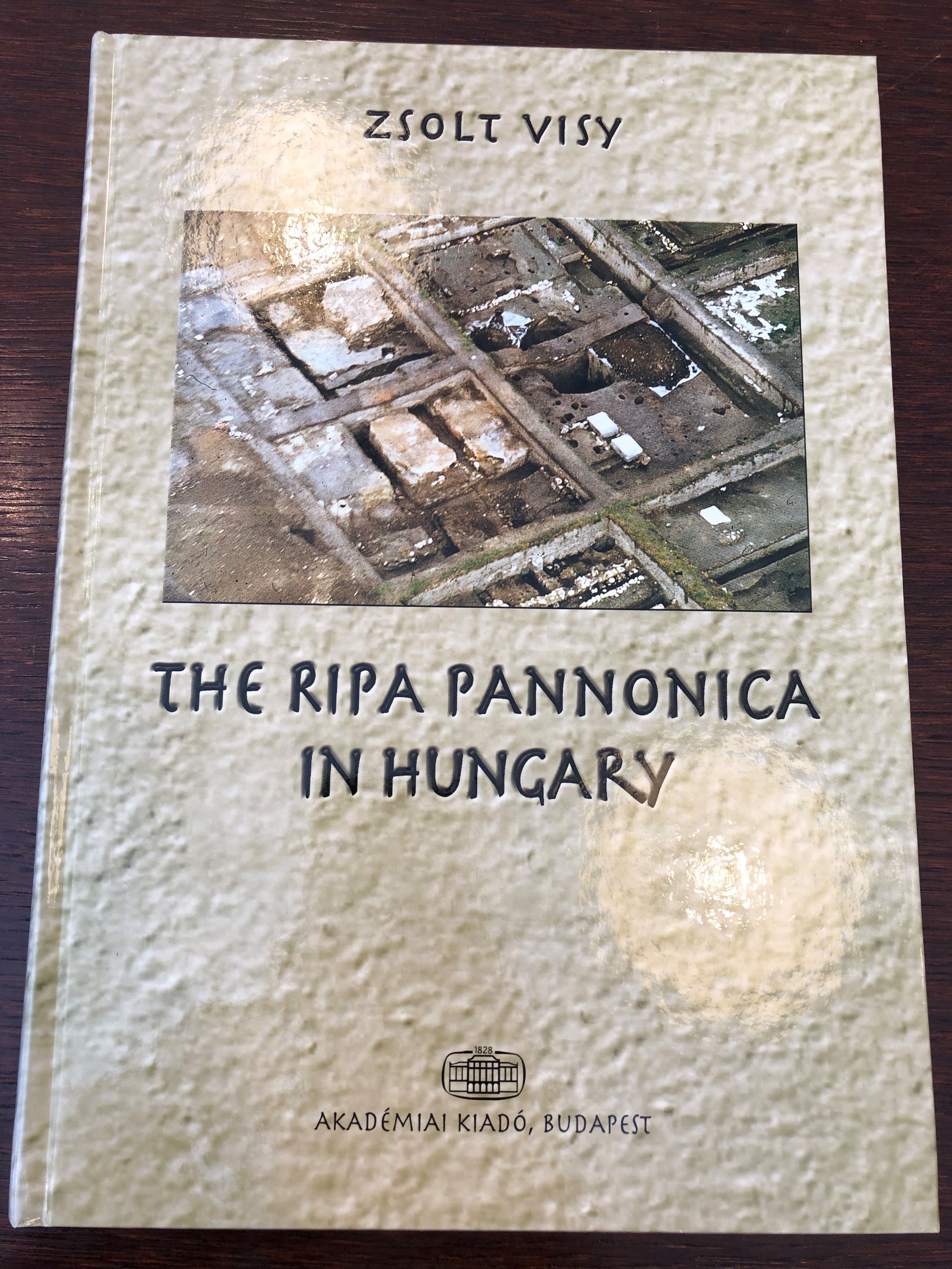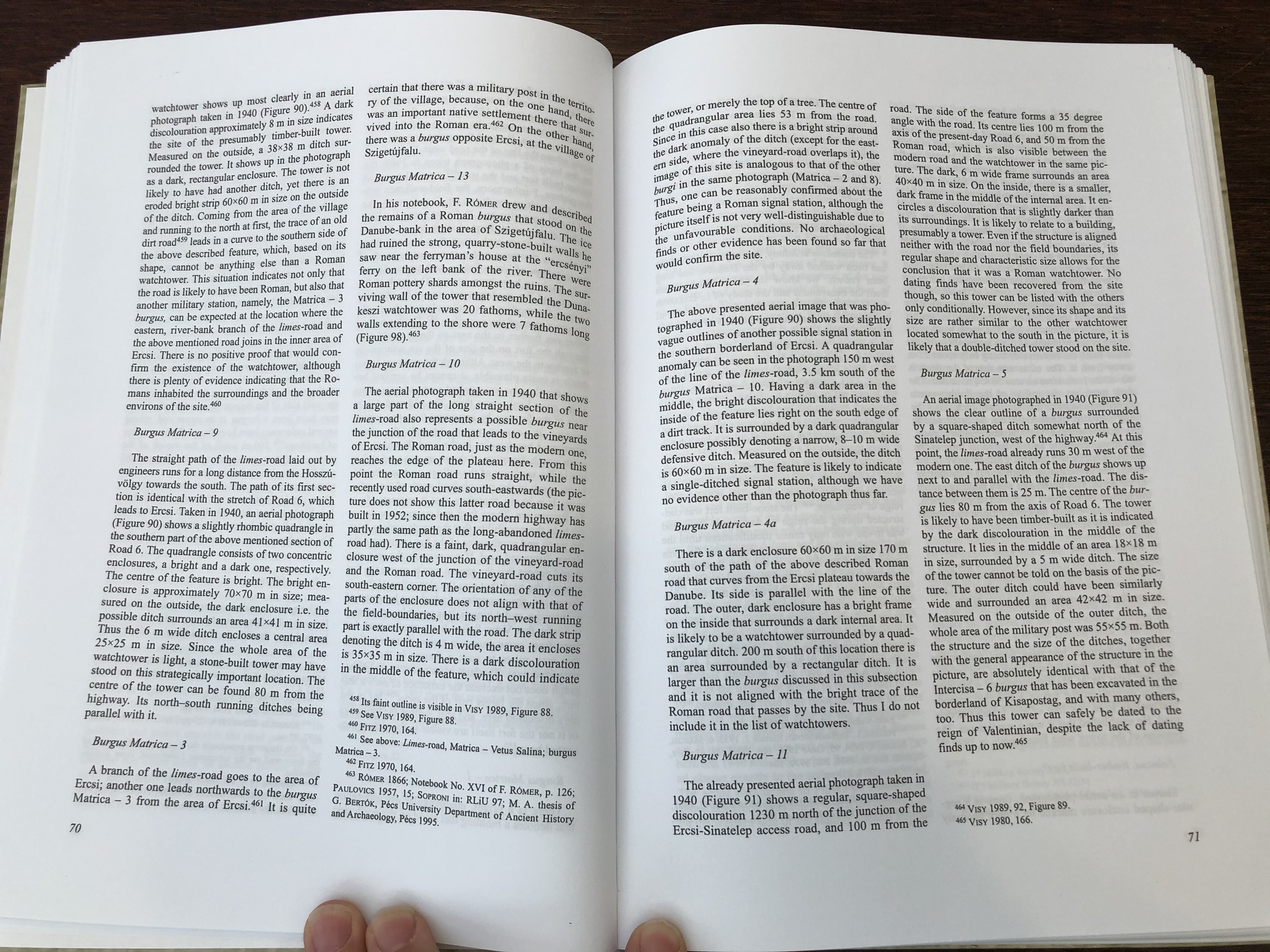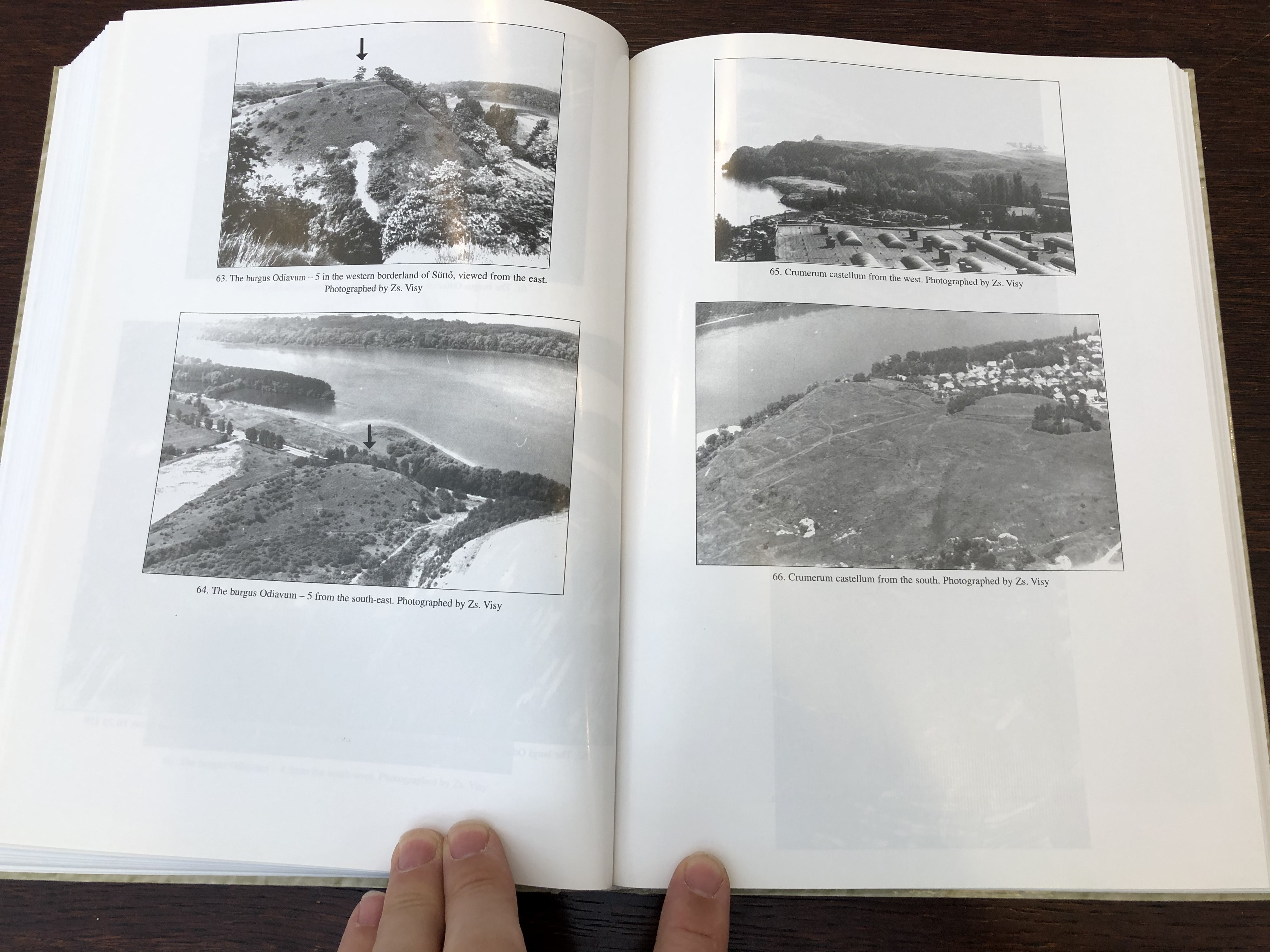Description
The Ripa Pannonica in Hungary
By Zsolt Visy | Translated by Gábor Bertók
Product Details
- Format: Hardcover
- Publication Year: 2003
- ISBN-13: 9789630579803 / 978-9630579803
- ISBN-10: 9630579804
- Pages: 175
- Publisher: Akadémiai Kiadó Budapest
- Language: English
Overview
The Ripa Pannonica in Hungary by Zsolt Visy is an authoritative exploration of the Roman frontier system in the Pannonian province of the Roman Empire, specifically the Danube Limes in Hungary. This comprehensive study, translated into English by Gábor Bertók, provides an in-depth historical and archaeological analysis of the fortifications, watchtowers, military settlements, and infrastructure that formed a crucial part of Rome’s defensive system in Central Europe.
Through detailed research, maps, site descriptions, and photographs, the book offers valuable insights into how the Ripa Pannonica functioned as a frontier region and its significance in the broader context of Roman military strategy. It serves as an essential resource for historians, archaeologists, and enthusiasts of Roman history, shedding light on the legacy of Roman civilization in Hungary.
Product Features
- In-depth archaeological and historical analysis of the Roman Danube frontier (Ripa Pannonica) in Hungary.
- Extensive visual documentation, including maps, site illustrations, and photographs of excavations and surviving structures.
- Translation by Gábor Bertók, making this study accessible to an international audience.
- Published by Akadémiai Kiadó, a prestigious Hungarian academic publisher.
- Hardcover edition, ensuring durability and long-term use.
Interesting Facts
- The Pannonian Limes was one of the most critical frontier systems in the Roman Empire, protecting the empire from northern tribes.
- Hungary is home to some of the best-preserved Roman military ruins, including forts at Aquincum (Budapest) and Brigetio.
- The Ripa Pannonica was part of the broader Limes Romanus, a network of fortifications stretching across Europe, parts of the Middle East, and North Africa.
- In 2021, the Danube Limes, including the Hungarian section, was designated a UNESCO World Heritage Site due to its historical significance.
- Zsolt Visy is a renowned Hungarian archaeologist and historian, specializing in Roman frontier studies.
Publishers
Akadémiai Kiadó Budapest is one of Hungary’s leading academic publishers, known for producing high-quality scholarly works in history, archaeology, and cultural studies.
We value your feedback! Share your experience with this book to help others make informed decisions. Your review is important to us!
Hashtags
#RomanFrontier #RipaPannonica #DanubeLimes #PannonianLimes #RomanHistory #Archaeology #AncientRome #HungaryHistory #RomanFortifications #MilitaryHistory #RomanEmpire #Historiography #LimesRomanus #UNESCOHeritage #ZsoltVisy #AkadémiaiKiadó
CONTENTS
Preface 7
Introduction 11
Sites along the ripa Pannonica 15
Castra, Castella 109
Watchtowers along the ripa Pannonica 123
The limes-road along the Danube inPannonia 131
A historical Overview 135
Abbreviations and literature 151
List of illustrations 163
Illustrations 167
About the Author:
Visy Zsolt (Szeged, 1944. május 23. –) magyar régész, muzeológus, az MTA doktora (2002), a Pécsi Tudományegyetem professor emiritusa. 1998–2000 között a Nemzeti Kulturális Örökség Minisztérium kulturális helyettes államtitkára, 2016–2019 között a dunai limes világörökségi pályázatának miniszteri biztosa.































































